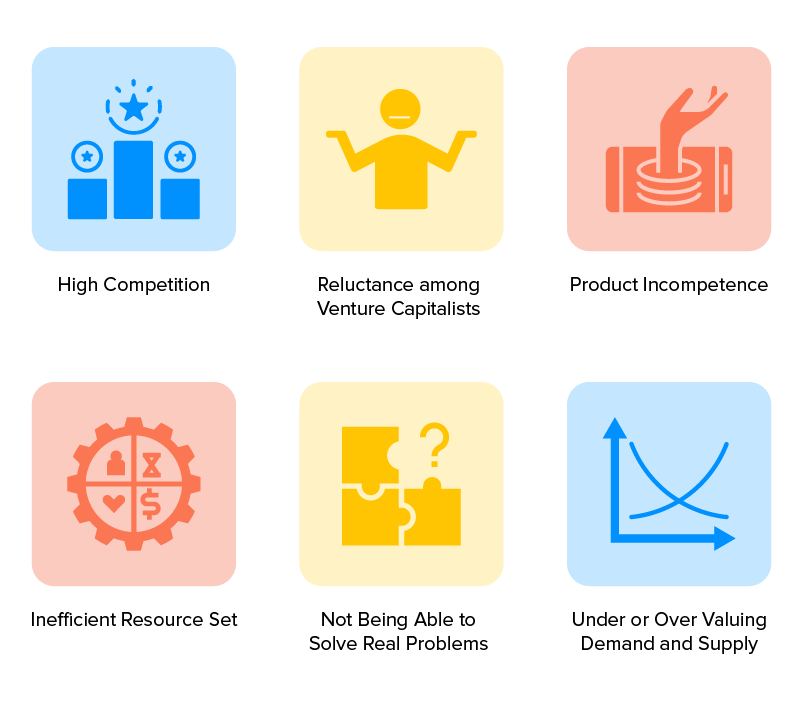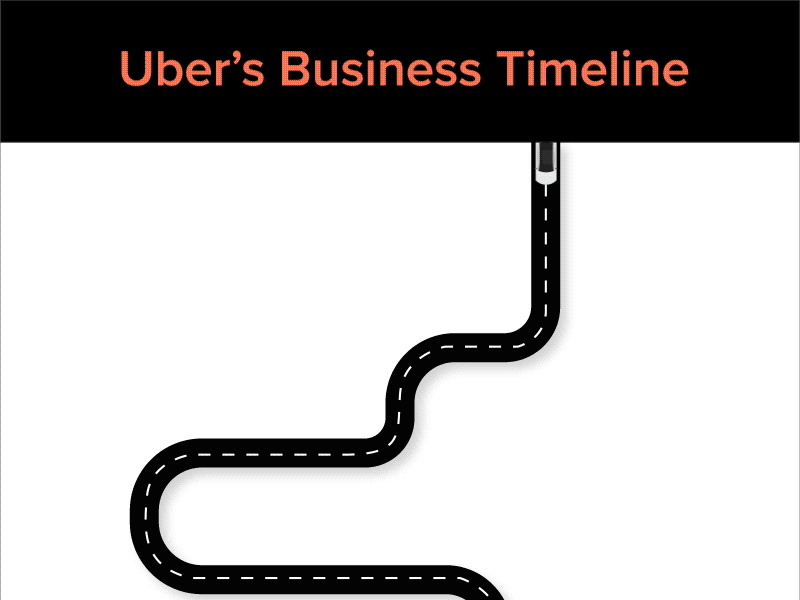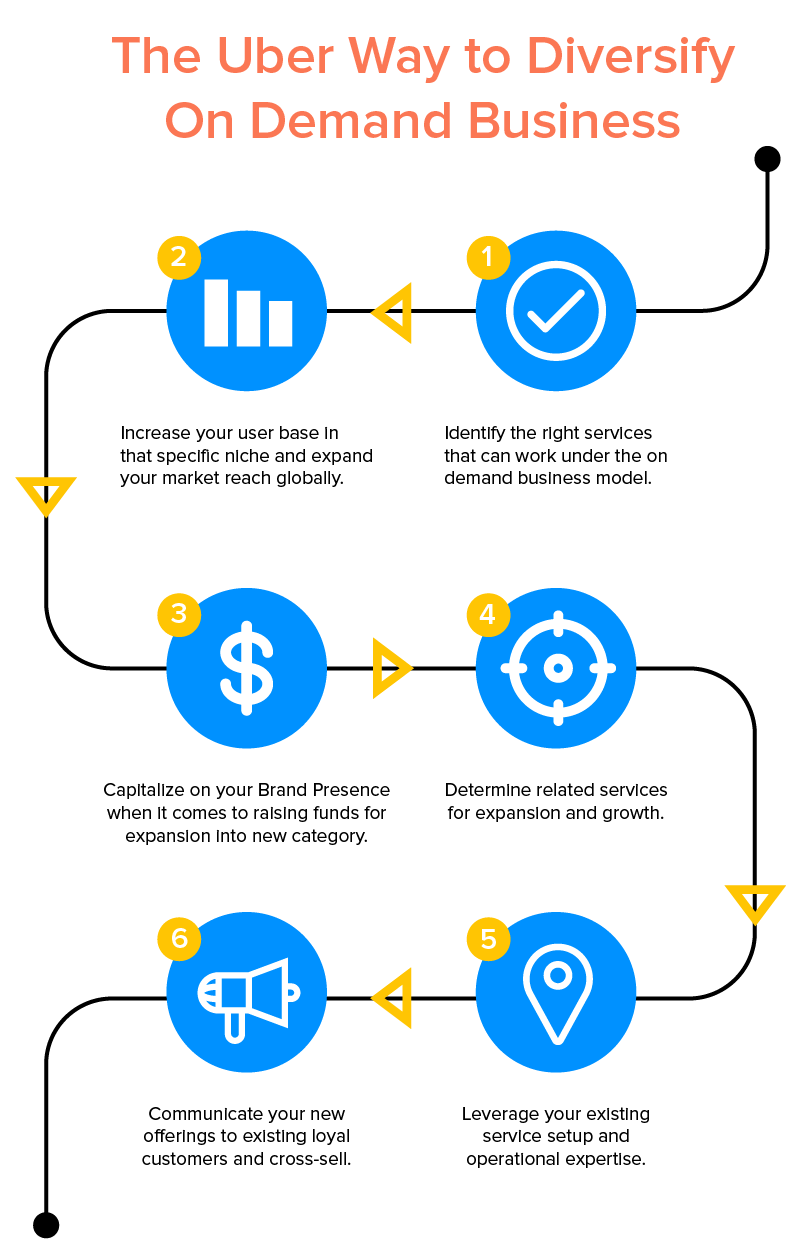Why Do On-Demand Platforms Fail and How to Solve the Issues?
The glaring success of the on demand era has given birth to a school of thought among the tech community. They have started believing that following the uber on demand business model and entering the on demand industry will be the only move that is keeping them from reaching complete success.
While it has worked for a number of businesses like GrubHub or Airbnb, the number of businesses that have failed are also extremely huge. In fact, if you sit down to make an excel sheet comparing the on demand services fail vs success ratio, you will find that the number of businesses that struggled to survive were more than those which didn’t.
But does this mean that you should give up hope on your on demand platforms’ business success and give up? Of course not. What it implies is that when you plan to succeed in the crowded on demand market, you should also factor in the reasons behind the application’s failure.
The intent of this article is to help with just that.
Table Of Content
- The List of on demand Business Model Brands That Failed Miserably
- Reasons Behind on demand Business Failure
- Understanding Uber’s Success in the on demand sector
- How Can on demand Businesses Save Themselves From Shutting Down Prematurely?
- Bottom Line
The List of on Demand Business Model Brands That Failed Miserably
Happy Home Company
Happy Home Company was a twist in the otherwise traditional home service market. The idea behind the brand was to offer users home maintenance plans which included recurring things that had to be kept in top working conditions. Inspite of bagging $7 million from investors, Happy Home’s founder wrote a shutdown letter which stated, “Ultimately we weren’t able to make the transition from a scrappy startup to self-sustaining company.”
[Further read: The Happy Home Company shuts down, team members move to Google]
Pronto
The business was set out for helping people get healthy meals faster. The UK based service had the work with the intent of connecting the users with chefs while enabling food delivery in under 20 minutes. It had every element to make it one of the most flourishing on demand delivery apps. Even though the idea sounded good to investors and adopters, the company couldn’t keep up with the promotion budgets of Uber and Deliveroo – one of the very commonly occurring on demand challenges.
Workers On Call
AI has changed the face of work, this is something that has been established over time. The Workers On Call services used AI systems for streamlining matching of employers with freelancers who needed jobs. The application that boasted of freelancers getting matched and started to work in under 30 minutes, although backed by a powerful vision, was a little ahead of its time. The brand even after raising $30K funding, signed off with a tersely message saying, “Bye Bye. Sorry Workers On Call is closed.”
Homejoy
One of the textbook examples of failed on demand businesses is Homejoy. Started with $20,000 seed funding in 2000, the business became a big name in 2013 when it raised $38 Millions – making it one of the most successful on demand startups. But soon the customers started failing to convert past their first booking. In fact, only 15-20% people re-booked in a month. The numbers were simply not enough for the brand to survive. Add to this the legal battles against the classification of workers as independent contractors led to the business’s death in 2015.
The truth of the hour that still remains is that even after these on demand platforms failure instances, the fact how the internet has trained consumers to get services in real-time is not stopping budding entrepreneurs from entering the on demand economy. But how can businesses ensure that they are not destined to become yet another name in the list?
While one way to get some satisfaction would be to partner with an on demand business development company that has worked with the inception of popular on demand businesses and on demand delivery platform, it would also help to know the on demand services failure reasons that can lead to their failure.
Reasons Behind On demand Business Failure

High Competition
The upsurge of hyperlocal service demand has led to a rise in demand of on demand services attending to the complete needs of their customers. One way entrepreneurs are competing in the market is by lowering their service costs. This, in addition to the high operational costs of transportation, infrastructure, and labour has been keeping successful on demand startups from flourishing.
Reluctance among Venture Capitalists
With on demand services failure reasons shooting off the roof, investors have started becoming wary of where to put in their money. As it is, getting funded on your application has been a difficult process and when you add in the unsuities that the sector now comes with, the probability of raising money lowers even further.
VCs are now becoming all the more cynical about the startup’s longevity. Businesses that are promising a strong long-term vision with a cash flow picture backing it have become the only answer to the types of apps investors will be backing in 2022.
Product Incompetence
If there is one event that follows every successful startup, it would be the fact that competitors are soon to follow. The value that your business once offered starts getting challenged and bettered by the competitors. This, in turn, is leading to the product becoming incompetent in the market, irrespective of the efforts that went behind on demand app development services.
Brands that are failing to keep up with the changes with timely pivots are soon finding themselves crawling out of the on demand space.
Inefficient Resource Set
The lack of an experienced set of people can most often than not result in the failure of on demand app development companies. The same applies to the on demand industry. Irrespective of which on demand domain you pick, you will find that the ones that survived were known for their skilled workforce. A lacking on this front can lead to on demand delivery platform and businesses losing their worth in the industry and thus get closer to their demise.
Not Being Able to Solve Real Problems
A number of on demand companies that fail deal with band-aid type of problems in place of emergency room type problems that make the solution extremely non-attractive to the end users. Example: For example, imagine an on demand car wash service. Just how frequently would users demand the service? But the expenses a business will have to make to keep it afloat would be huge. In short, the business neither ends up being cost-efficient nor effective.
Under or Over Valuing Demand and Supply
The last in our list of reasons that tend to lead directly to business failure is under or over-valuation of demand and supply that your on demand business would garner. Businesses, more often than not undervalue the demand that they would attract and thus plan low on supply. Likewise, they at times think too much of demand and end up with an underutilized supply of resources.
Now that we have enlisted the most common reasons behind an on demand app business failure, let us dive into the way outs – how can on demand businesses prevent this fate.
Understanding Uber’s Success in the on demand Sector

When you dissect the on demand economy, you will find that it is mainly built on three building blocks: delivery immediacy, consumption passivity, and a fixed cost. Uber did not just ticked all the three boxes of the on demand business model but also aced some other factors that helped it build a seamless ride booking user experience.
Here are the two factors which added to the brand’s success, making it one of the most successful on-demand companies:
- The company operates in populated urban cities where there’s enough liquidity for making the marketplace work.
- The customer base were already very familiar with trusting a stranger to take them places. Thus, creating trust in the market was never a problem.
The Uber model doesn’t care about the transaction’s intimacy aspect nor about the disintermediation challenges. Imagine building an on demand delivery apps like the home service app users find a person they like for cleaning their house or planning their kids, how would you stop them from contacting those service providers directly, without going through your application? This disintermediation when continued can lead to greater burn, churn, and in some cases extinction of the business.
Since the Uber model didn’t include the need to care about intimacy, they could survive and grow on a much greater speed. But not every Uber-like story has a happy ending. There are a number of once top in the game on demand successful initiative platforms that have fallen owing to the on demand challenges.
How Can On demand Businesses Save Themselves From Shutting Down Prematurely?
Market Expansion
One of the biggest issues with today’s top on demand businesses is that they don’t expand from their existing markets. The entrepreneurs who are very new to the industry end up being limited to a pool of loyal customers and don’t think of expansion opportunities. The problem with this is that the moment a new competitor with deep pockets enters the market, the probability of them getting out of business increases.
Here’s a look into the expansion roadmap that we generally share with our clients when we assist them with on demand app development.

Make Your Customer Needs Your Bible
In the fight between what you can offer and what your users need, your offerings should always prevail. Although it can be a sweet attraction to invest in tomorrow’s big need, it can be extremely unwise to let go of your customers’ present day needs.
The truth is that with on demand problem solving you will get a multitude of opportunities and time to pivot your startup. But what you won’t get is the current time and your users present day needs. Getting insights into this information is what a sound on demand mobile app development company can help you with.
Think of Being Monetarily Prepared First
The matter of the modern day fact is that it is very difficult to get funding on an application. No matter how well propositioned your application is or how green your cash flow statement looks, there is zero guarantee of you getting funded.
The on demand problem solving solution on this front can only be to look into alternate financing options and not remain limited to VCs.
Build traction for change with quick wins
Most executives have a tendency to focus all of their attention and resources on three or four major bets in order to turn around a firm. This is a high-risk strategy. Even if large investments are occasionally warranted, they require a significant amount of time and effort—and they do not always pay off.
For example, suppose you decide to switch raw material suppliers so you can obtain from a low-cost country and save 30% on direct costs. If you find out six months later that the material specs don’t fit your needs, you’ll have wasted time, possibly disrupted your entire production plan, and most likely spent a lot of money on something that didn’t work out.
Managers should work on a pattern of fast wins instead of going after huge bets in order to establish traction across the business. These quick wins can be cost-focused, reducing demand for a service they don’t require. It could also be a policy issue, such as enacting a stricter travel spending policy.
Bottom Line
The growing cases of on demand industry failures have led to the sector getting the image of being a house of card. The only way for entrepreneurs to enter and succeed in the domain would be to do extensive user research. One way we suggest to achieve this effortlessly can be through the mode of product design and development sprint – one of the key practices that on demand app developers follow.

strategies your digital product..




